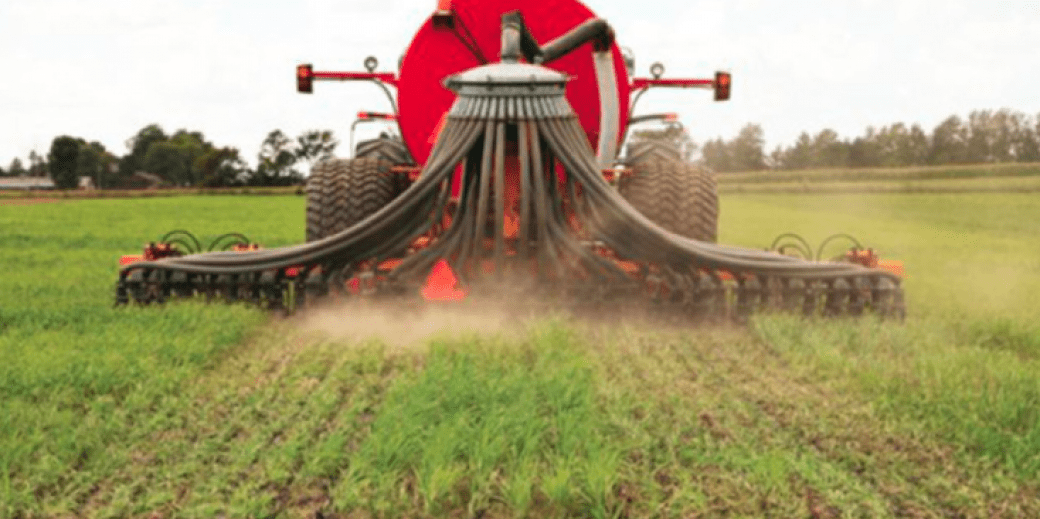
Manure incorporation is broadly defined as “the mixing of dry, semi-dry, or liquid organic nutrient sources (including manures, biosolids, and compost) into the soil profile within a specified time period from application by a range of field operations.” Manure injection is a particular category of incorporation in which nutrient sources are mechanically applied below the soil surface near the crop’s root zone. Subsurface manure injection has been shown to reduce nutrient loss via both atmospheric volatilization and surface runoff, to limit soil disruption and erosion, and to reduce the odor associated with manure application. This practice has been recommended by an expert review panel to be eligible for credit in the Chesapeake Bay Program Partnership’s Watershed Model. Adoption of subsurface manure injection technology will be influenced by how it compares to traditional best management practices(BMPs) for treating agricultural pollution, in terms of both environmental outcomes and cost competitiveness. To assist in gauging its adoption potential, EFC was asked to synthesize available information on the cost effectiveness of existing agricultural BMPs, and to provide information about the potential scale of the technology’s utilization throughout the Chesapeake Bay watershed based on the relative number of acres to which it could be applied.
For more information, contact Kristel Sheesley at sheesley@umd.edu.
